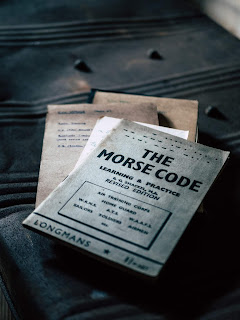Producing and Recording a Live Radio Program
(Image credit: https://upload.wikimedia.org/wikipedia/commons/e/e7/US_Navy_060521-N-9076B-059_Lt._Janel_Rossetto%2C_Chief_Musician_Donald_Chilton_and_Musician_2nd_Class_Ian_Charlton_appear_as_guests_on_the_Philippines%27_largest_radio_station_DZRH.jpg) Before the days of Netflix and television, people listened to the radio for entertainment. To this day, radio drama and other programs are still staple forms of entertainment in many places. Producing and recording your own radio program can be a fun project for your kids - or even for the whole family. First, you write the script. It does not have to be long. You can tell an existing story or make up your own. Or, if drama is not your thing, you can do a documentary, an advertisement, a public service announcement on the importance of washing your hands - anything. What matters is that your script uses a lot of sound, narration, and dialogue since your listeners will rely entirelt on what they hear to understand what your...










